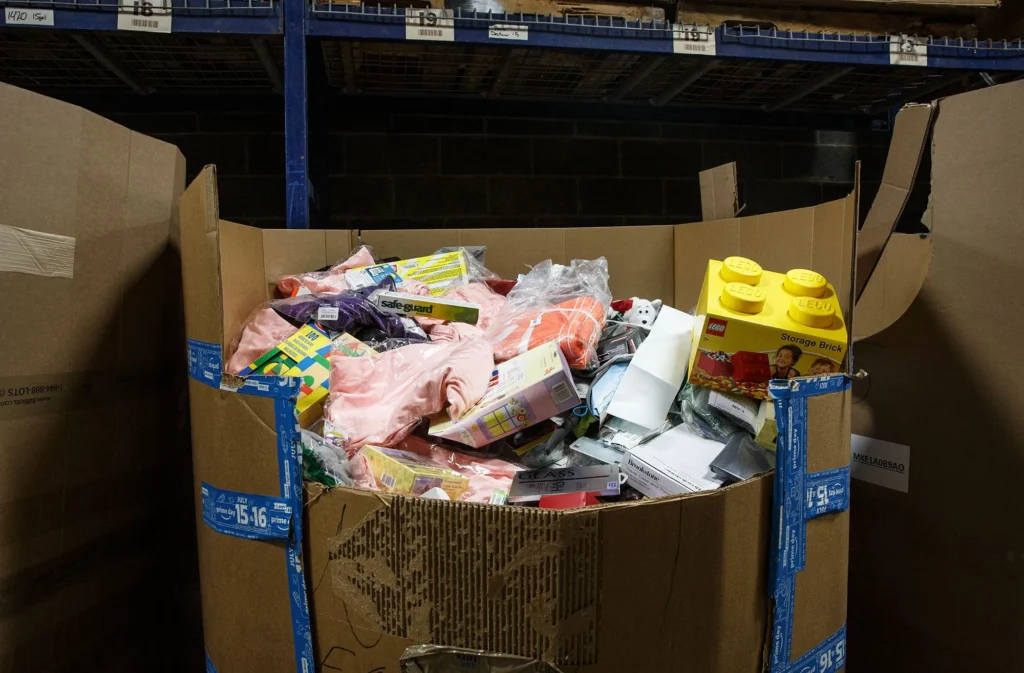What Happens to Products That Are Returned to Target?
What happens to products that are returned to Target? In the retail industry, returning things is a typical occurrence. Target, one of the biggest retail chains in the US, has a well-established return policy in place.

Knowing what happens to items that are returned to Target provides insight into the company’s inventory management, sustainability efforts, and customer service procedures.
The return process at Target is quite simple and forgiving for customers who need to return items.
Within 90 days of purchase, new, unopened items can be returned for a refund or exchange. There are specific exclusions and bring your receipt.
What Happens to Products that Are Returned to Target?
Target shops don’t resell returned goods at their physical locations. Instead, they use liquidation sales to sell these products in large quantities.
To free up space in their warehouses, retailers like Target often unload perfectly decent goods of all kinds at huge discounts.
Resellers then buy these items, some of which are in brand-new condition and others which have been used a little.
These resellers make a tidy profit by cleaning the goods, checking that they function properly, and then reselling them online or in their own physical storefronts.
General Overview of Target Returned Products
Target has a set return policy and procedure for items that are returned to them. They provide a broad summary of what happens to returned goods at Target below:
1. Verification
Target staff members review the evidence of purchase, such as a receipt or order confirmation, to ensure that the return is legitimate. To make sure the item can be sold, they also check it.
2. Refund or Exchange
If the return is legitimate and satisfies Target’s return policy requirements, the client may be given the option of receiving a refund to their original method of payment or being offered an exchange for the same or a comparable item.
3. Restocking
This is the procedure that an item goes through whether it can be put back on store shelves and is in a state to be sold.
To be ready for resale, this can entail cleaning, repackaging, and relabeling the product.
4. Salvage or Clearance Sales
In certain situations, returned goods that can’t be sold because of damage or other factors may be destined for salvage or clearance sales.
Target is able to recoup some value from the returned goods as a result.
5. Liquidation
Target may decide to sell off returned goods that they are unable to resell in its retail locations.
This entails offering the products in large quantities to independent liquidators that specialize in purchasing surplus inventory from stores.
6. Online returns
The procedure for Target’s online returns is frequently the same. Customers may start returns online, and they can get a return shipping label as well.
After the returned item has been received and verified, the client will either receive a refund or an exchange.
It is important to remember that the precise treatment of returned goods may differ based on elements including the item’s condition, the reason for the return, and Target’s rules in effect at the time of the return.






